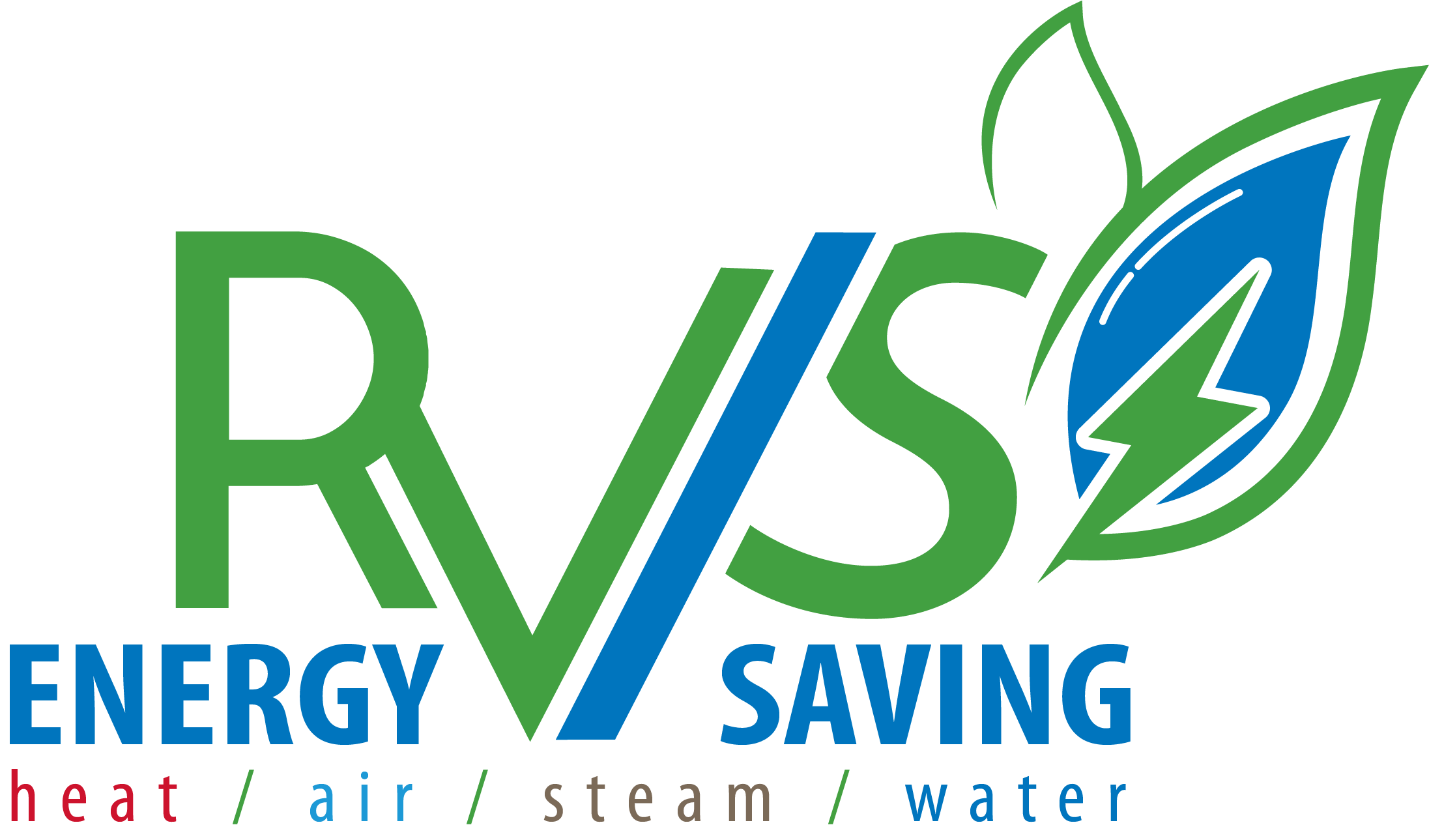HAVE YOUR OWN POWER PLANT!
In addition to our heat pumps we also offer complete solar systems for green energy.

Why is solar energy good?
Non-renewable energy sources, such as oil, gas and coal, are in steady decline and their prices are rising rapidly.
While these energy sources are becoming increasingly expensive, their use is leading to environmental degradation. The sun is a renewable source of energy, a source of solar technology for free, as the sun’s radiation is
inexhaustible in the foreseeable future.
HOW SOLAR PANELS WORK:
To understand how a solar cell works, you need to understand its building blocks and the nature of light. Solar cells contain two types of material, often called p-type and n-type semiconductors.
Light of a certain wavelength can ionise the atoms in the semiconductor, causing the incident photons to generate excess charge carriers.
Positive charge carriers (holes) will be predominant in the p-layer, while negative charge carriers (electrons) will be predominant in the n-layer. The charge carriers of the two opposite charge layers, although attracted to each other, can only recombine by flowing through an external circuit, due to the potential step between them.
The performance of a photoelectric cell is determined by the following three things:
- the type and size of the solar cell material
- the light intensity
- the type and type of the cell, the type of solar cell and the type of light wavelength
For example, solar cells based on single Si crystals cannot convert more than 25% of the sun’s energy into electricity because light in the infrared range does not have enough energy to ionise the atoms in the semiconductor. Polycrystalline Si solar cells have an efficiency of around 15%, amorphous Si cells around 10%. A typical Si crystal-based solar cell delivers 1.5 W/100 cm² of power in the form of 0.5 V DC voltage and 3A current in full summer sunlight (1000 W/m²).
The power output is almost directly proportional to the intensity of the sunshine. The current of a solar cell is almost directly proportional to the size of the cell and the intensity of the light. Therefore, the current per unit area (A/cm²) is a good measure to compare different solar cells. Solar cells are produced in many different sizes and shapes, depending on the application. From small stamp sizes to a few 10 centimetres. By connecting the cells together, we obtain solar modules. From these modules, the solar system is produced for the user. The size of the solar system depends, among other things, on the amount of sunlight, the placement and the user’s needs. Polycrystalline solar panels have a lifetime of around 30-40 years.
It is 100% worth it!
It will be built quickly
and works for decades!
Stable, long-term profits
systems.

It produces all year round,
not just in summer.
Free electricity = utility-free life.


